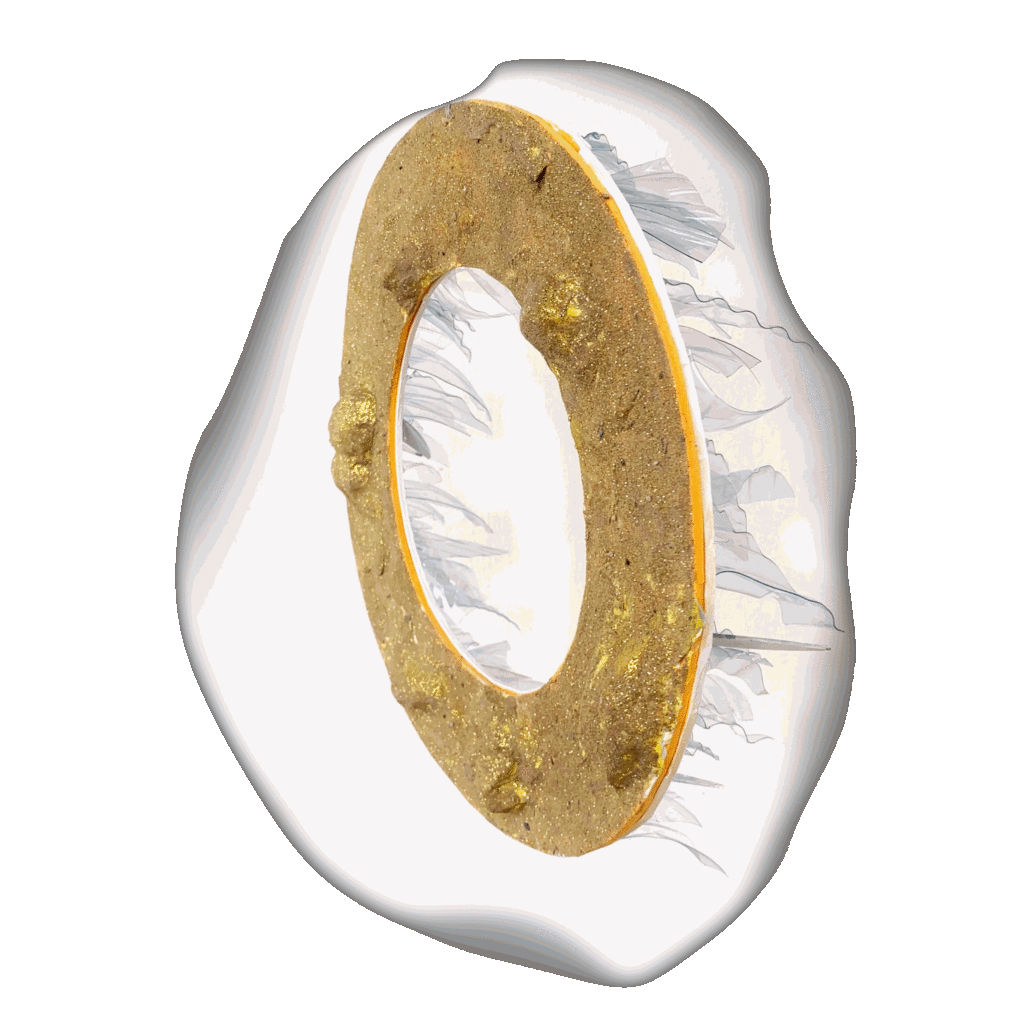Our group focused on using our micro-environments to investigate and comment on our surrounding macro-environments. We also aimed to evaluate the impact of urbanisation on our habitats’ reputation versus its reality. We were inspired by the Burgess’ concentric zone model and used a series of rings to illustrate the themes we explored. Firstly, the ring for Dubai represents urbanisation of its landscapes, going from desert to tall skyscraper city within 50 years, made out of plastic bottles to represent the damage and waste made. Similarly, the ring for Oxford looks at the less picturesque parts of a local residential area in comparison to the known spires of the University. The ring exhibits abstracted colours from paintings, one representing beauty and the other mundane. Partick’s ring hopes to defy the perception of it as a “snobbish” area, exploring its many layers of culture. It celebrates Partick’s artistic and architectural might, but also its variety of people, as home to some of Glasgow’s richest and poorest, and its proud migrant community. We also have Glasgow’s Possilpark ring. This explores different perspectives, with one viewing the area as a dirty wasteful place and how urbanisation and waste have changed it, while the other showing the true community that makes Glasgow. Finally, Goa’s ring explores its urbanisation/industrialisation using soldering and hanging coal by 24 spokes, representing the Ashoka Chakra, present in India’s flag, symbolising the central government’s exploitation of this “paradise”.
Reputation vs. Reality
Blue 1A /
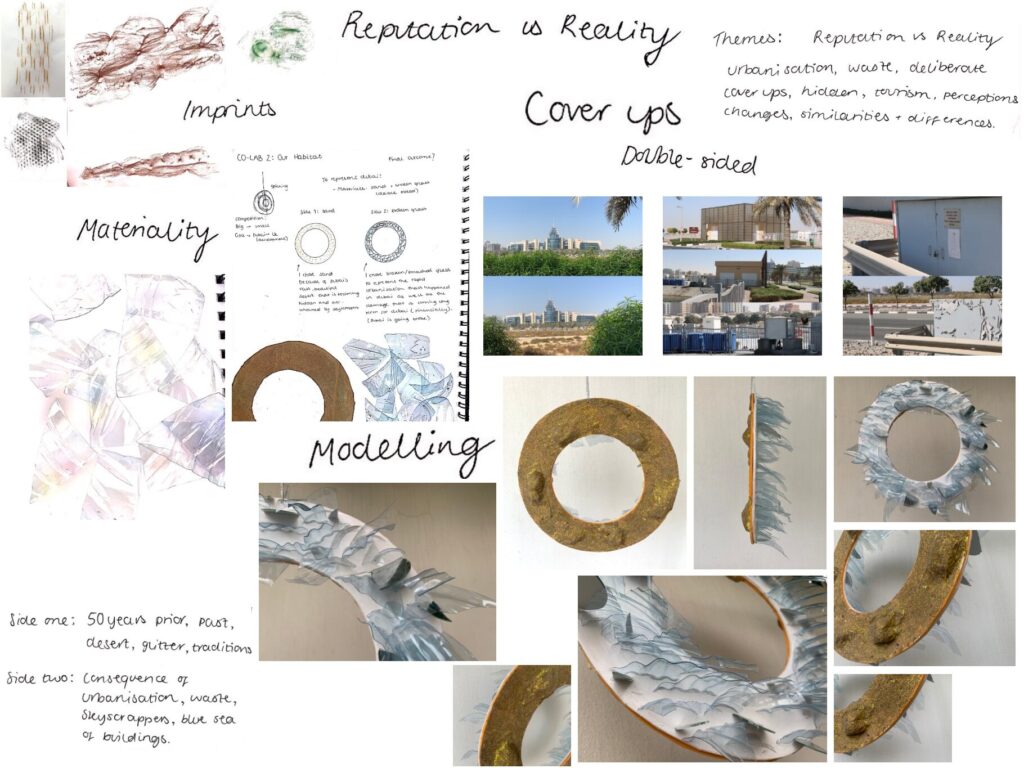
IMAGE: Isla Donaldson's Development Work: Dubai, UAE
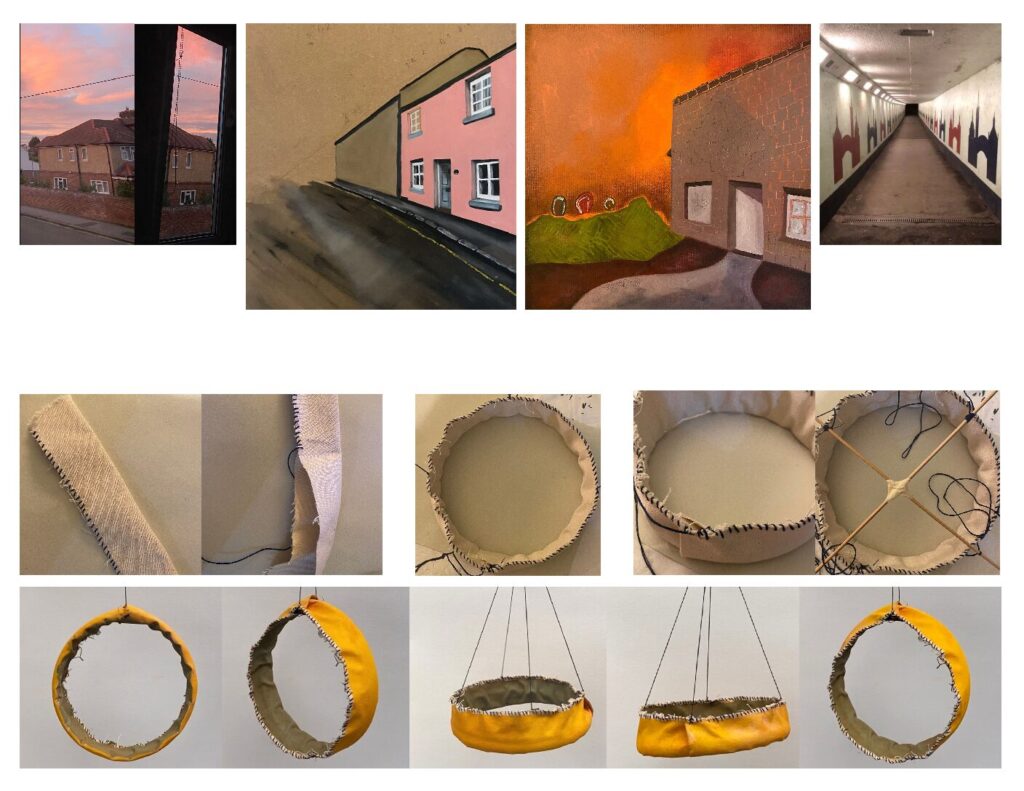
IMAGE: Ishbel Angus' Development Work: Oxford, UK
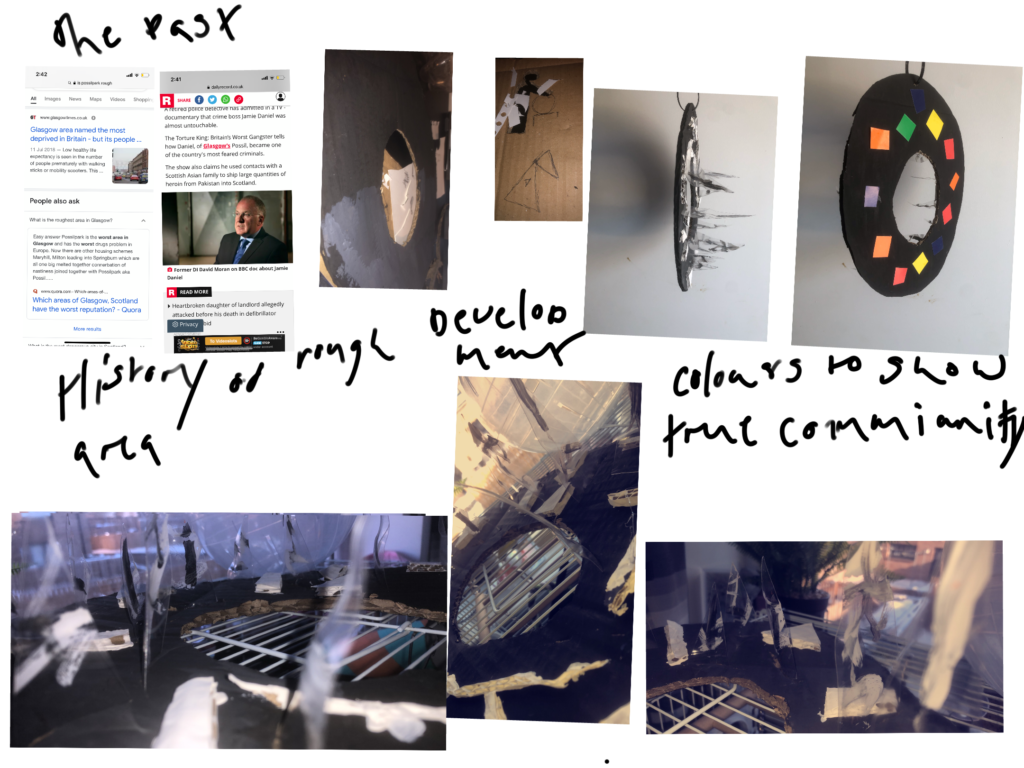
IMAGE: Charlie Dey's Development Work: Glasgow, Scotland
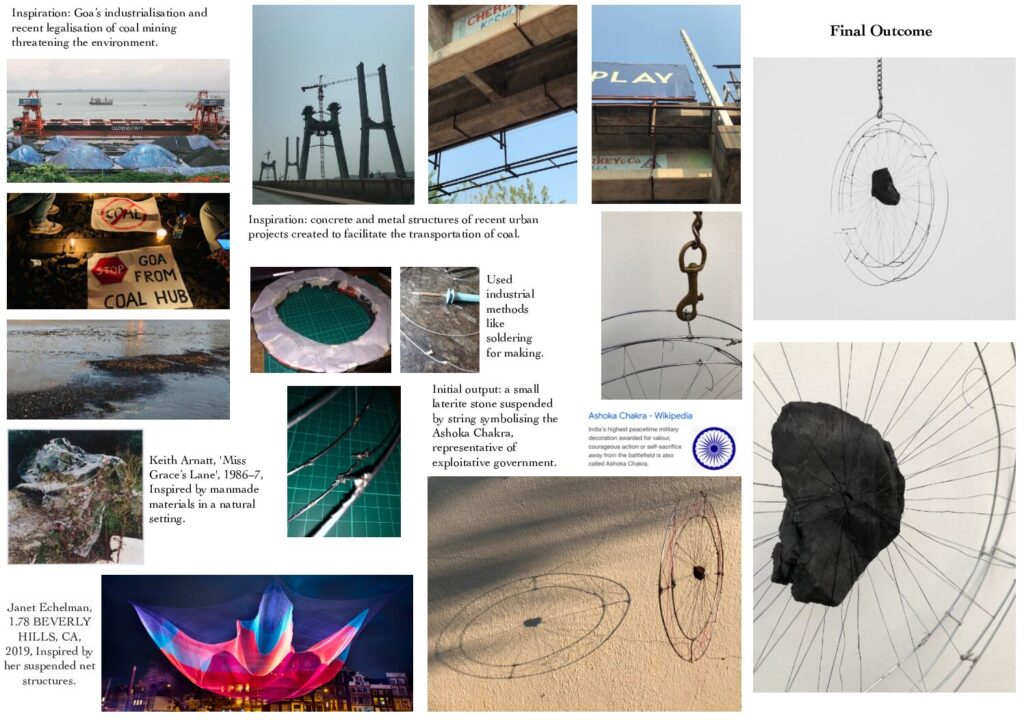
IMAGE: Tania Rodrigues' Development Work: Goa, India
